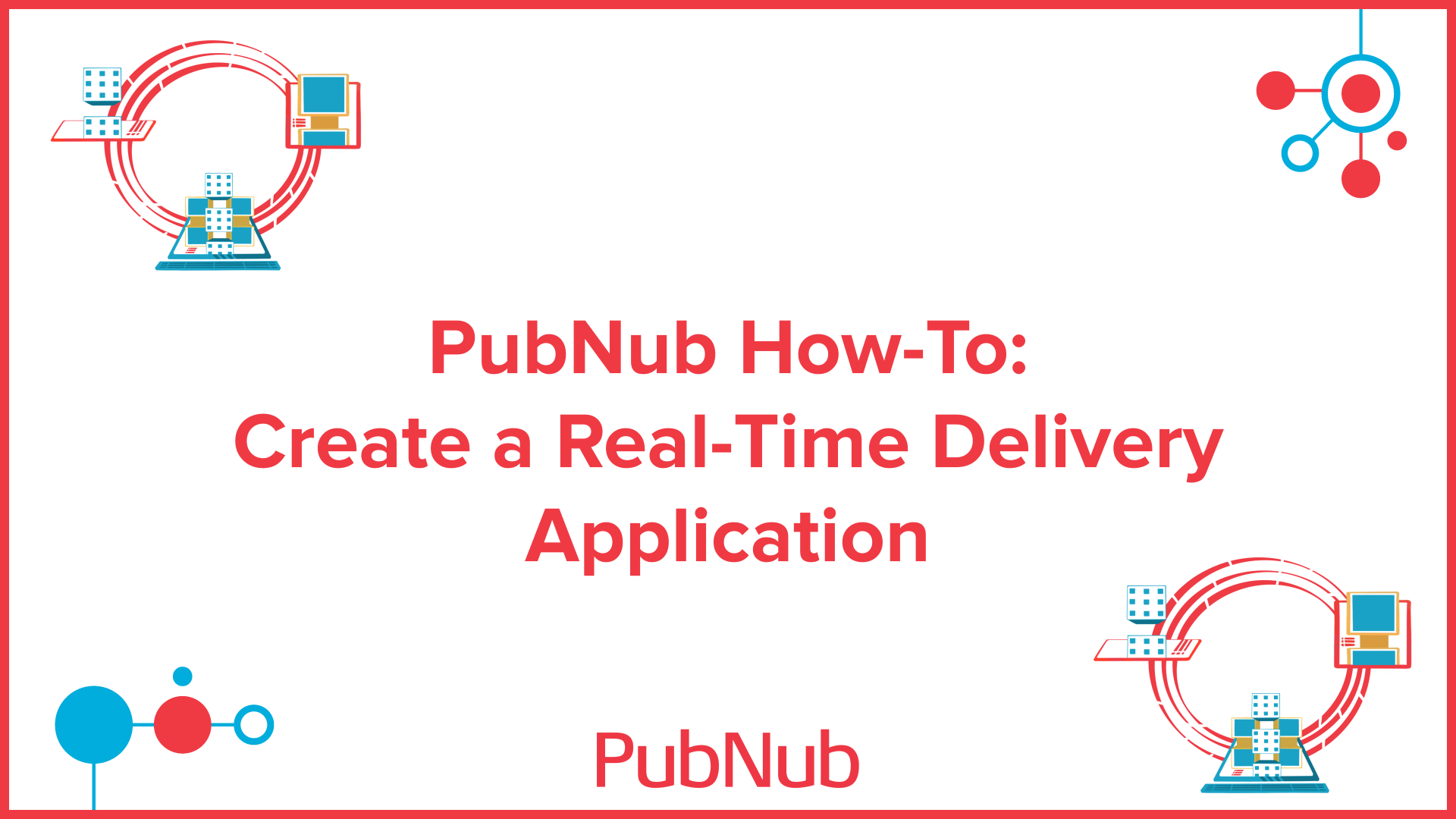Fleet and Vehicle Tracking
Fleet and vehicle tracking is the process of equipping vehicles so they can be tracked and monitored by a remote administrator. Tracked vehicles can have their location and telemetry streamed to a real-time dashboard so their status can be visualized in real-time.
Some typical examples are as follows:
Route optimization:
Driving directions can be enhanced with third-party data, such as weather or traffic conditions to optimize routes and journeys.
Service event monitoring:
Monitor fuel consumption, oil levels, vehicle performance, upcoming planned maintenance, or engine alerts. Knowing the real-time condition of vehicles in the field allows you to be proactive rather than reactive and keep a higher percentage of your vehicles on the road.
Shipping and Logistics:
Today’s global supply chain relies on real-time end-to-end freight tracking from its origin, across oceans in shipping carriers, across continents with trucking or rail companies and finally to the last mile of delivery.
Detect counterfeit goods:
In conjunction with blockchain technology, real-time tracking is used to verify the integrity of all ranges of goods. Ensure medicine comes from an authentic supplier; Check that fashion clothing is real and validate the source of organic food.
Driver performance:
Monitor how many miles are driven, driver fatigue, driving efficiency, average speed, or seatbelt usage to ensure safety.
Communication with vehicles on the road:
Drivers and central dispatchers can communicate with live chat, push-to-talk, or streaming. Use cases for vehicle communication can vary wildly, from police and emergency services to taxi dispatchers or the construction industry.
